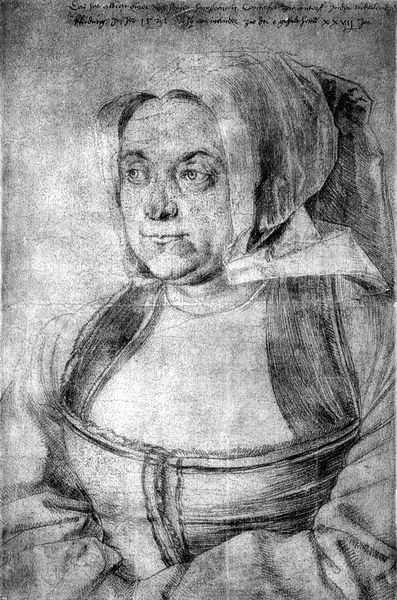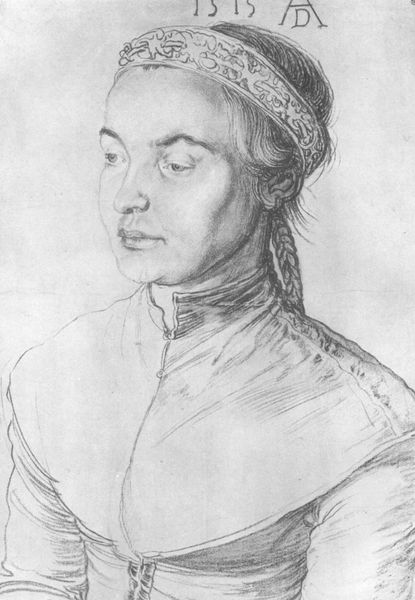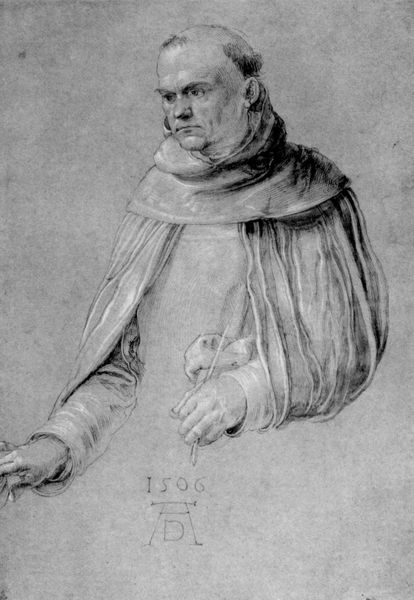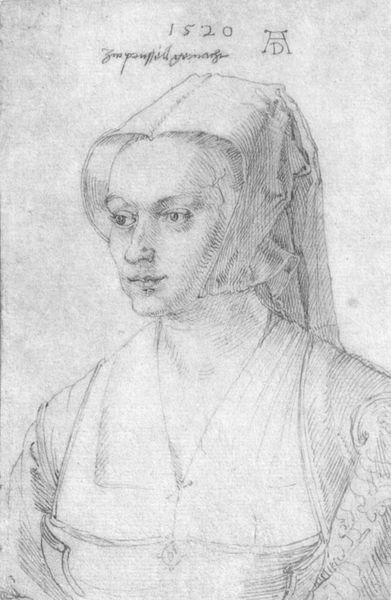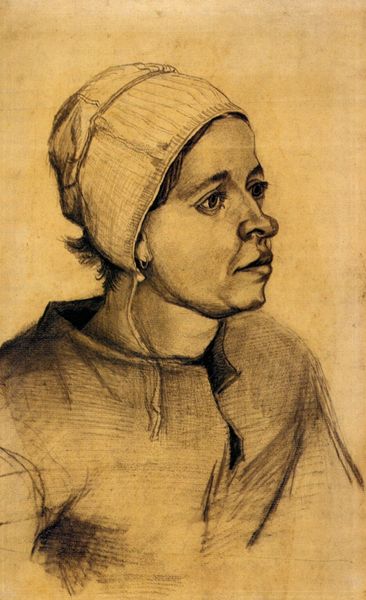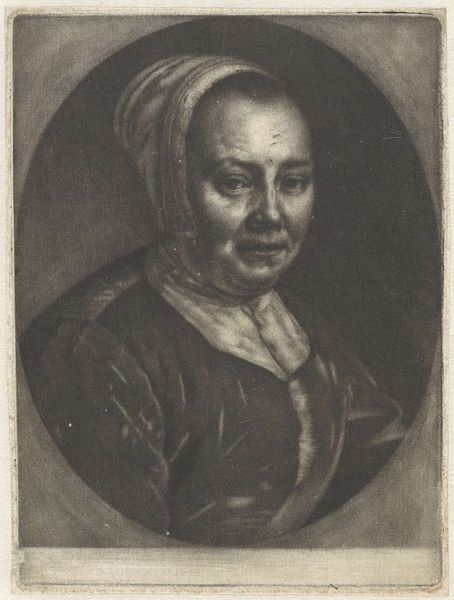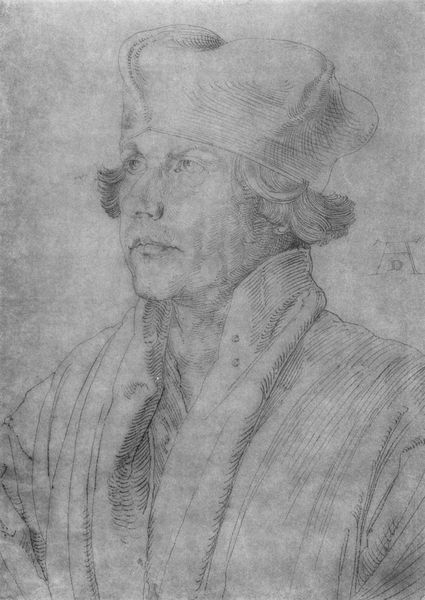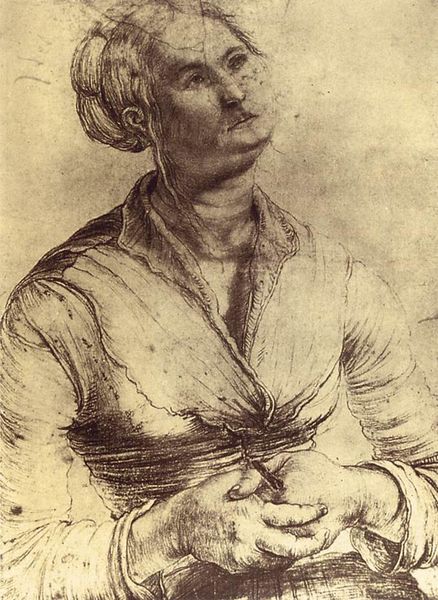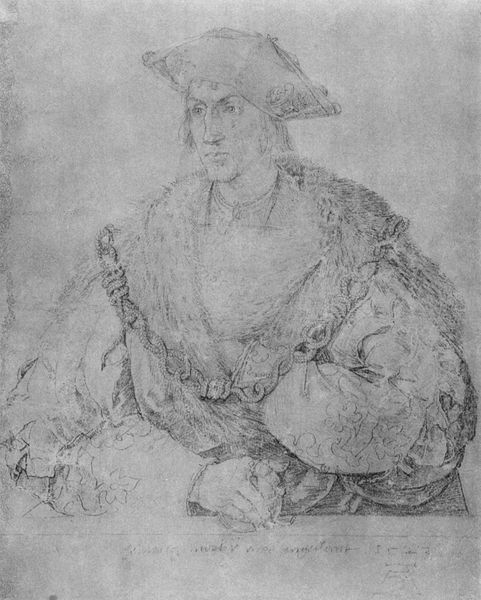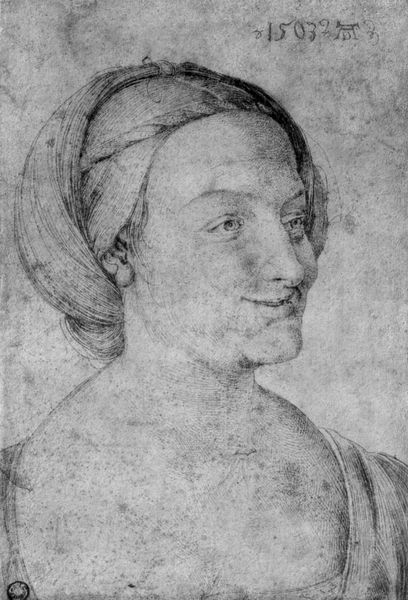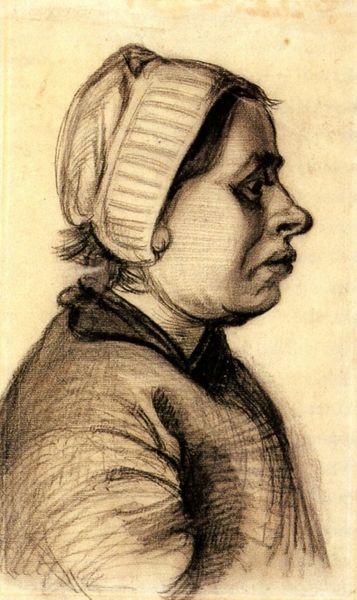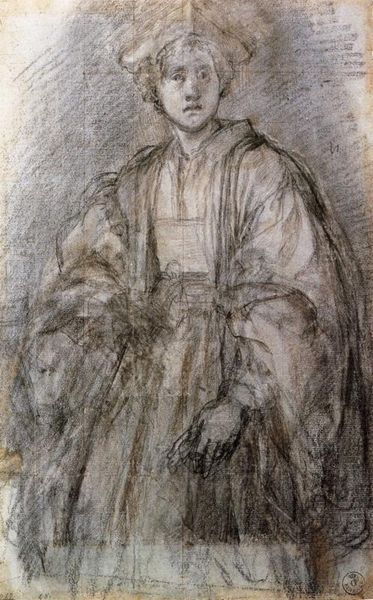
drawing, pencil
#
portrait
#
drawing
#
figuration
#
pencil
#
northern-renaissance
Copyright: Public domain
Editor: Here we have Albrecht Durer’s pencil drawing, "Portrait of Margaret of Brandenburg Ansbach". It feels surprisingly modern, almost stark in its simplicity. How do you interpret this work within the context of its time, especially considering Durer’s other works? Curator: What strikes me most is how Durer, even within the constraints of portraiture expected of him, subtly reveals the sitter’s position within the societal structures of the Northern Renaissance. Think about the limited agency women held during this period. What aspects of the sitter's presentation—her clothing, posture, expression—might speak to these limitations? Editor: Her clothing looks quite modest, and she seems very composed. It almost reads as a performance of expected virtue, right? But is Durer perhaps hinting at more? Curator: Precisely. Consider the almost severe quality of the line work. Durer isn't just representing Margaret, he's offering a commentary on the role she plays. Is it possible to see, in the intensity of the gaze or the set of the jaw, a quiet resilience, or even a silent protest against the roles prescribed to her? What do you think? Editor: That's a perspective I hadn't considered. The starkness now reads more as a form of quiet rebellion. I initially saw just a portrait, but now it feels like a subtle negotiation of power and identity. Curator: Art is always about power and negotiation. Recognizing these subtle dialogues woven into the visual fabric is what truly brings history to life. We're not merely looking at a face; we're engaging with a complex historical and social discourse. Editor: Thank you. That has profoundly reshaped how I'll look at portraits from this period going forward.
Comments
No comments
Be the first to comment and join the conversation on the ultimate creative platform.

